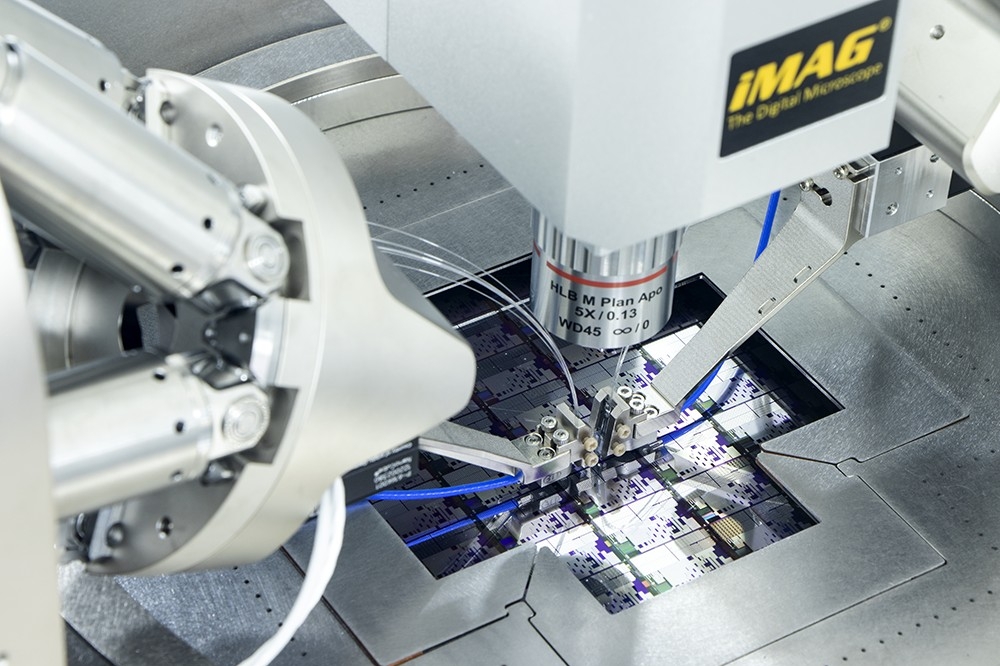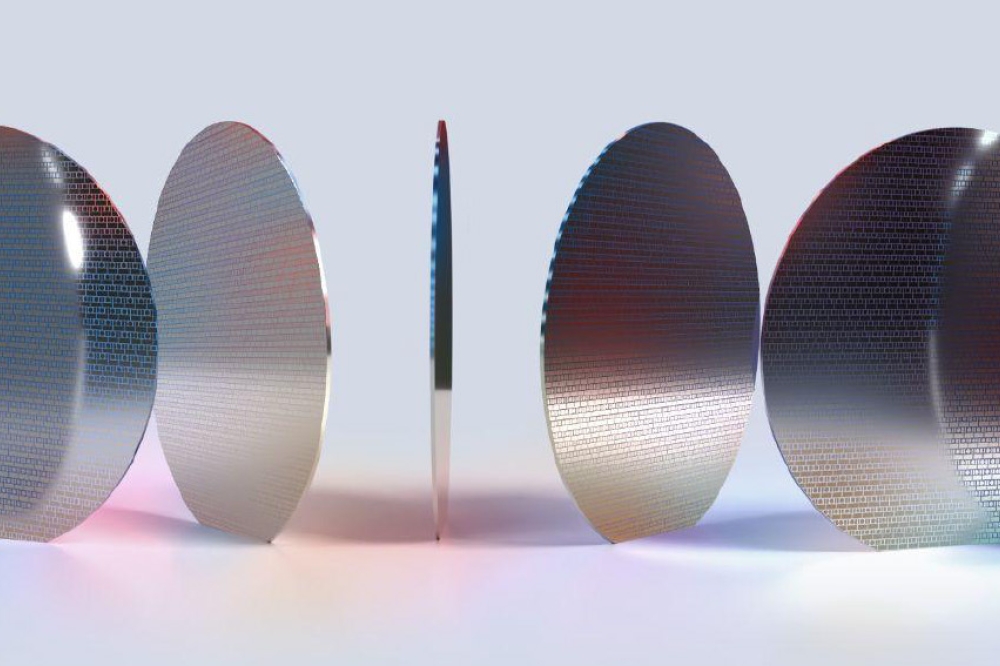Aeva introduces Atlas Orion 4D LiDAR

The company, which specialises in silicon photonics-based sensors, says its new product offers precise tracking in dynamic environments and is designed to transform smart infrastructure and security
Aeva, a company developing next-generation silicon photonics-based sensing and perception systems, has introduced its new 4D LiDAR sensor Aeva Atlas Orion. The company says the new product is engineered to meet rigorous NEMA-TS2 traffic signal control standards, delivering long-range perception and durability for demanding outdoor environments. Aeva adds that its single-box design with integrated power and data over ethernet (PoE++) makes deployment fast and cost-efficient, while the company’s FMCW 4D LiDAR technology provides the accuracy and intelligence needed to power data-driven smart cities and secure facilities.
According to Aeva, Atlas Orion is engineered with high-resolution detection and dynamic object tracking to address the challenges of transportation safety, security, and crowd monitoring applications. Featuring Aeva’s Ultra Resolution technology, the sensor aims to deliver the accuracy and clarity required to optimise infrastructure operations and improve safety.
Aeva highlights that Atlas Orion simultaneously measures velocity and position, enabling precise tracking in dynamic environments, with a detection range of up to 500 metres for vehicles and up to 200 metres for vulnerable road users. With a 120-degree field of view and angular resolution of up to 0.05° x 0.05°, Atlas Orion can achieve comprehensive intersection coverage using just two sensors, the company adds, driving operational efficiency and scalability in traffic management deployments.
“Atlas Orion sets a new standard for smart infrastructure,” said Mina Rezk, co-founder and CTO of Aeva. “This product is part of our expanding vision to create smarter, safer, and more efficient cities. With its high performance, dynamic object detection and tracking, and ease of installation, Atlas Orion provides immediate value for cities, large facilities like airports, and security teams seeking to leverage data for better decision-making.”

































